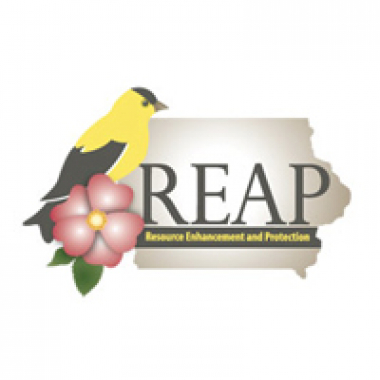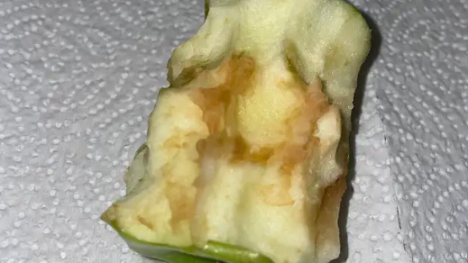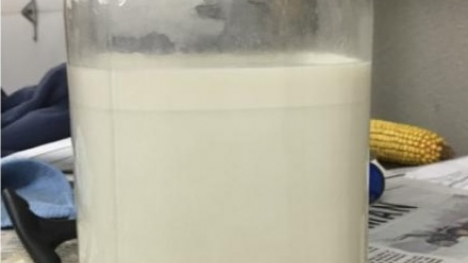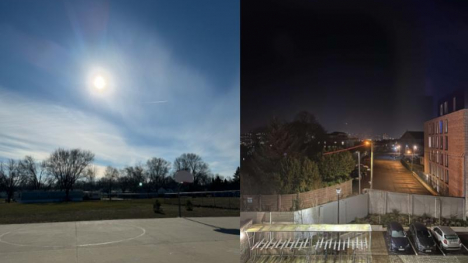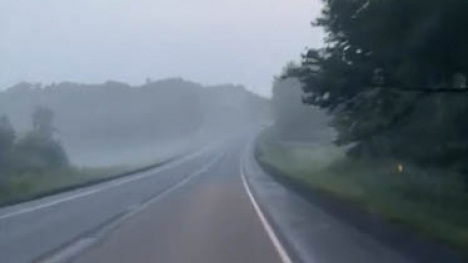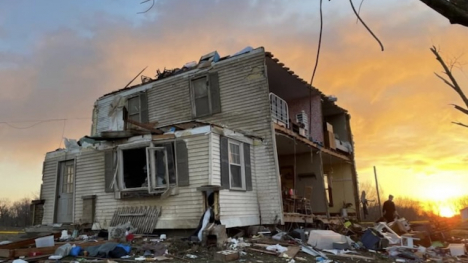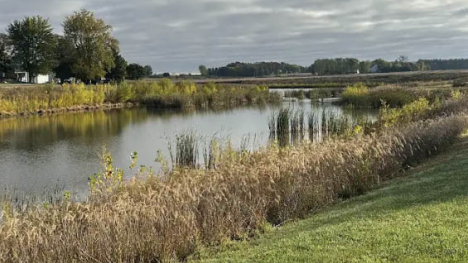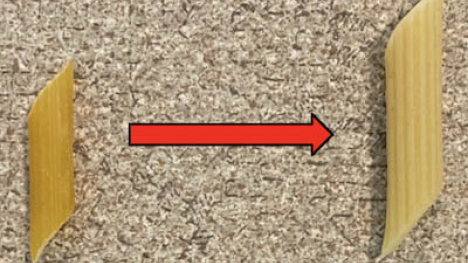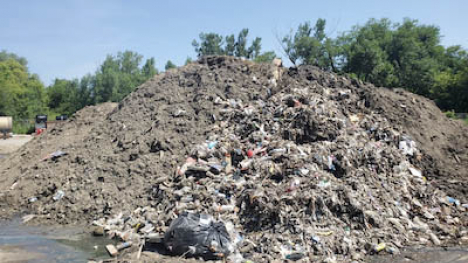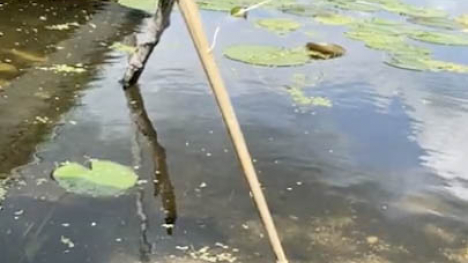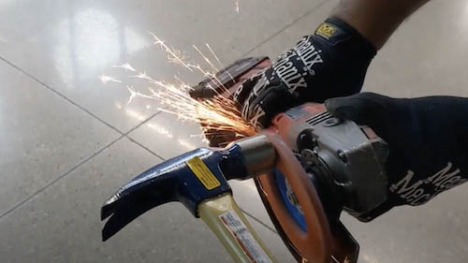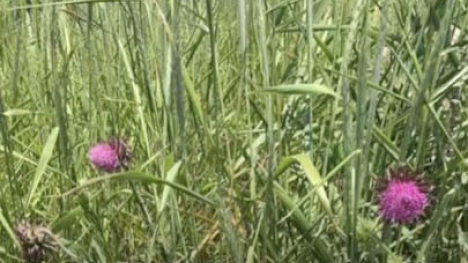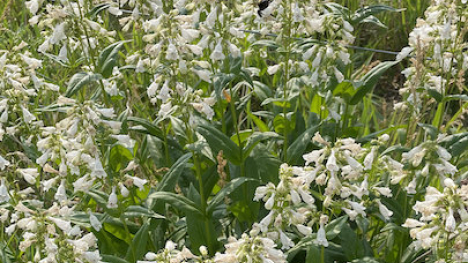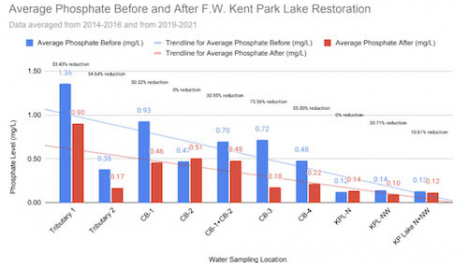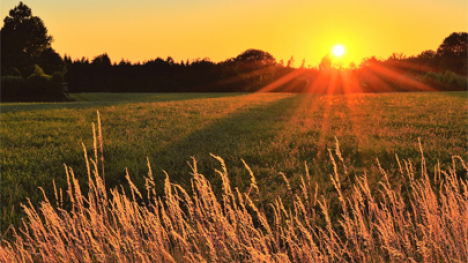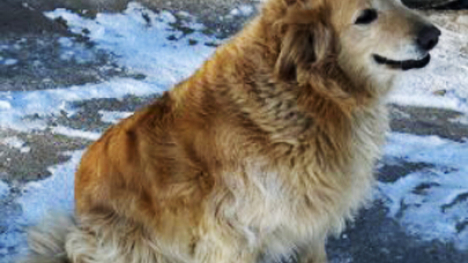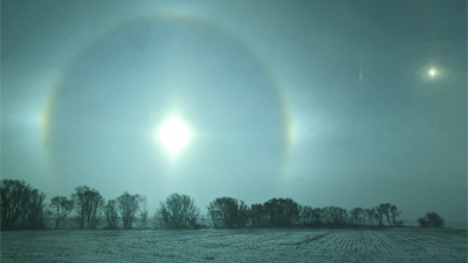Explore
Multimedia
Waterloo
After an apple is split open and exposed to oxygen, the flesh slowly turns brown.
Image
Davenport
Weather forecasting helps people prepare their homes and businesses, and remain safe during natural disasters.
Image
Stacyville
Milk is collected from cows and, after a while, the milk forms two different layers. They look somewhat similar but, when poured out, the layer on top is thicker than the layer below.
Image
Waterloo
Two photos, taken at the same moment but in different parts of the world, show different views of the sky.
Video
Waverly
Dry run creeks are a strategically placed design solution for flood mitigation.
Video
Tipton
The Eastern Iowa tornado of March 2023 demolished a century farm. The rebuilding process included balancing several constraints.
Image
Sumner
Retention ponds are artificial structures designed to retain and treat contaminated stormwater runoff.
Image
Ames
"Al dente" means "to the tooth" in Italian and refers to the ideal consistency of pasta when cooked. Besides a more appealing taste, cooking pasta "al dente" provides inherent nutritional value.
Image
Council Bluffs
Urban runoff is the trash run off that occurs after each major rain or wind storm, and in Iowa results in millions of pounds of trash being washed into Iowa waterways.
Video
Adel
When working with natural gas, a spark can mean danger. Selecting tools made from the right materials can reduce that danger.
Video
Prairie City
The musk thistle is an invasive species must be controlled to prevent its spread.
Video
Carroll
Foxglove has a tightly connected ecological relationship with bumblebees.
Chart
Oxford
The Johnson County Conservation Board and Iowa DNR dredged the lake in F.W. Kent Park and created interconnecting catch basins to reset its water quality, using testing to monitor the progress.
Video
Sioux Center
At sunrise, the sun is coming above the horizon and creates a beautiful mix of many different colors. There are many different reasons that these colors are so vibrant in Iowa specifically.
Image
Orange City
Animals, including dogs, change their bodies and lifestyles with the seasons and other situations in order to survive.
Image
Rock Valley
Sundogs are colored spots of light visible around the sun during cold temperatures.
Pagination
- Previous page
- Page 3
- Next page
Funding for Iowa Science Phenomena Provided By




